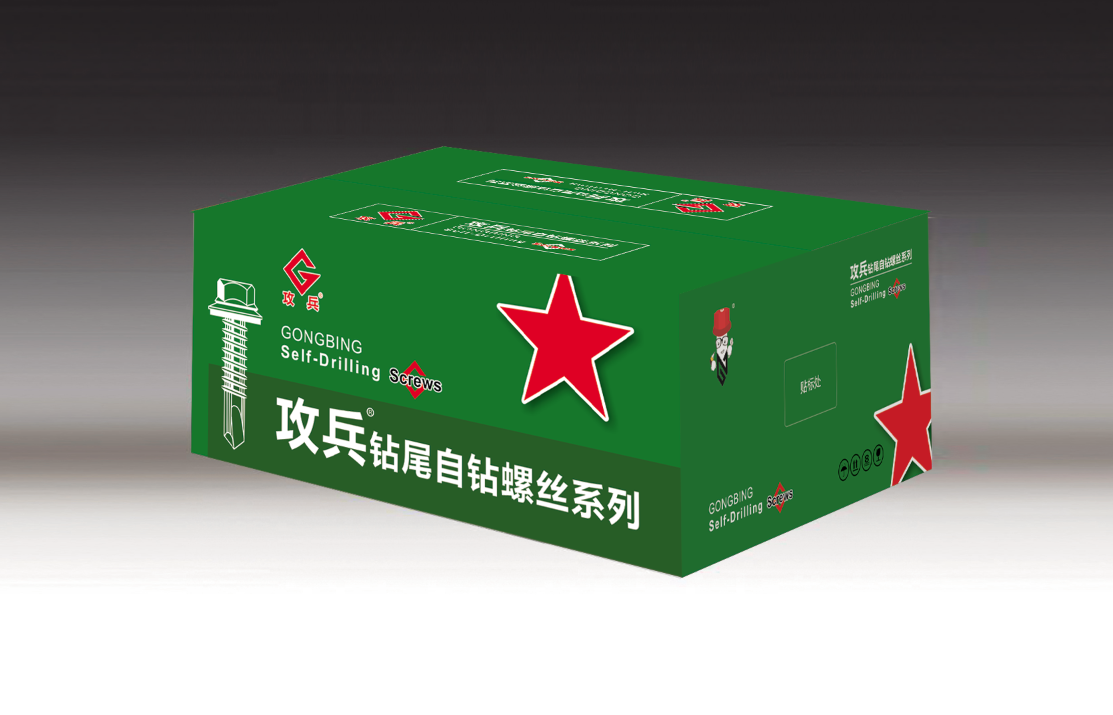Double-Ended Rods with Right and Left-Hand Threads for Versatile Applications
Understanding Double End Right and Left Hand Threaded Rods
Double end rods are specialized fasteners used across various industries. These rods have threads on both ends, with one end featuring a right-handed thread and the other a left-handed thread. This unique configuration allows for versatile applications in mechanical assemblies, providing a reliable means of adjustment and connection.
The Importance of Thread Orientation
Threads play a crucial role in fastening and securing objects. A right-hand thread is the most common type, which tightens when turned clockwise, while a left-hand thread tightens when turned counterclockwise. Double end rods take advantage of these two orientations, offering distinct benefits. For instance, using a double end rod in an assembly allows tension and stability to be achieved by turning one rod end while the other end remains secure.
The ability to adjust two ends simultaneously or independently is particularly advantageous in applications that require frequent adjustments. This can be seen in scenarios such as tensioning cables, where precision is critical to maintaining the desired tension without causing displacement or shifting of components.
Applications in Various Industries
Double end right and left hand threaded rods are prevalent in a variety of industries, including construction, automotive, and manufacturing. For instance, in the construction industry, they can be utilized in tensioning structures such as bridges or large buildings, where maintaining equilibrium is vital. In this context, the ability to tighten one side while keeping the other side stable can lead to significant efficiency in operations.
In the automotive industry, double end rods are often found in suspension systems, where the alignment of wheels and components can be adjusted effortlessly
. This flexibility not only enhances performance but also facilitates maintenance and repair, as technicians can make fine-tuned adjustments without disassembling the entire structure.Manufacturers also use double end rods in equipment assembly, particularly in cases where components need to be secured at various angles or positions. The dual-thread design allows for a secure hold and easy adjustability, which is essential for maintaining operational efficiency.
double end right and left hand threaded rods

Design and Material Considerations
The design of double end threaded rods must take into account factors such as load, stress, and environmental conditions. These rods are typically made from high-strength materials like carbon steel, stainless steel, or alloy steel, which not only provide the necessary tensile strength but also resistance to corrosion and wear.
The manufacturing process involves precise machining to ensure that threads are cut accurately. Quality control is critical in this aspect since any inaccuracies in thread pitch or diameter can lead to failure in application. Moreover, the rods can be coated or treated for enhanced durability, making them suitable for harsh environments.
Installation and Maintenance
Installing double end threaded rods requires understanding their orientation to avoid cross-threading or misalignment during the process. Proper installation techniques include using appropriate tools and applying the correct torque, especially when dealing with high-load applications.
Regular maintenance is equally important. Checking for signs of wear, corrosion, or loosening is critical to ensure the longevity and reliability of the assembly. Lubrication of the threads can also help prevent seizing and facilitate easy adjustments over time.
Conclusion
Double end right and left hand threaded rods are a versatile and effective solution for a multitude of fastening needs across various industries. Their ability to provide adjustable tension and stability allows for greater flexibility in design and application, making them invaluable in modern engineering and construction. By understanding their features and applications, professionals can harness the full potential of these specialized fasteners to improve operational efficiency and structural integrity.
-
Weatherproof Plastic Expansion Anchors for OutdoorNewsJun.06,2025
-
Sustainability in the Supply Chain: Eco-Friendly TEK Screws ProductionNewsJun.06,2025
-
Load-Bearing Capacity of External Insulation FixingsNewsJun.06,2025
-
Double Head Bolts: Enhancing Efficiency in Industrial MachineryNewsJun.06,2025
-
Corrosion Resistance in Chipboard Screws: Coatings for Wholesale DurabilityNewsJun.06,2025
-
Butterfly Toggle Bolts : Enhancing Structural ResilienceNewsJun.06,2025
